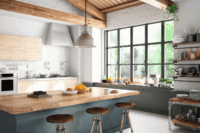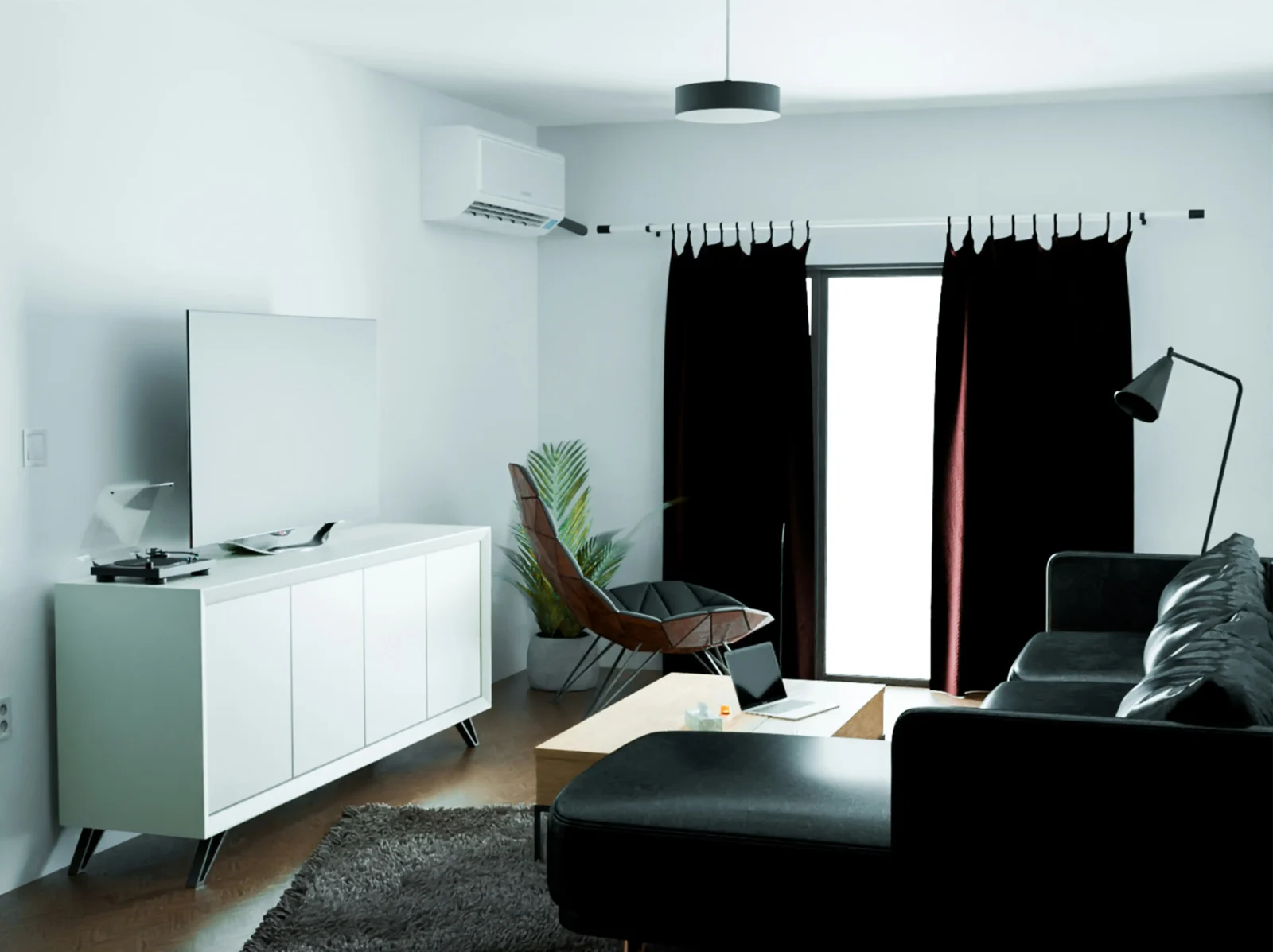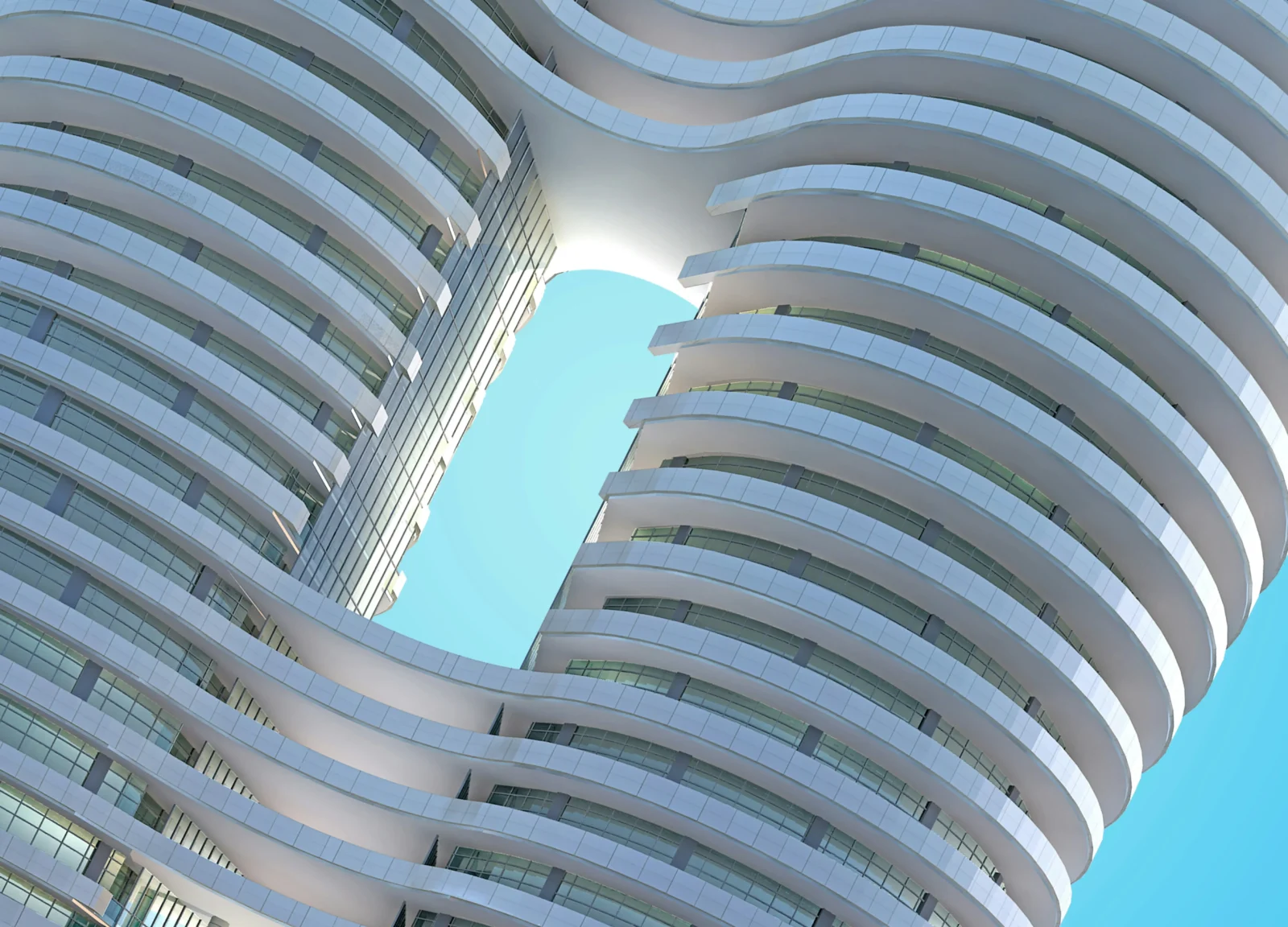- Home
- Articles
- Architectural Portfolio
- Architectral Presentation
- Inspirational Stories
- Architecture News
- Visualization
- BIM Industry
- Facade Design
- Parametric Design
- Career
- Landscape Architecture
- Construction
- Artificial Intelligence
- Sketching
- Design Softwares
- Diagrams
- Writing
- Architectural Tips
- Sustainability
- Courses
- Concept
- Technology
- History & Heritage
- Future of Architecture
- Guides & How-To
- Art & Culture
- Projects
- Interior Design
- Competitions
- Jobs
- Store
- Tools
- More
- Home
- Articles
- Architectural Portfolio
- Architectral Presentation
- Inspirational Stories
- Architecture News
- Visualization
- BIM Industry
- Facade Design
- Parametric Design
- Career
- Landscape Architecture
- Construction
- Artificial Intelligence
- Sketching
- Design Softwares
- Diagrams
- Writing
- Architectural Tips
- Sustainability
- Courses
- Concept
- Technology
- History & Heritage
- Future of Architecture
- Guides & How-To
- Art & Culture
- Projects
- Interior Design
- Competitions
- Jobs
- Store
- Tools
- More
Innovations in The Safety of Commercial Flooring and Architecture Design

Commercial spaces have improved with new ideas that make floors and building plans safer and sturdier. Changes in commercial flooring and architecture design help reduce accidents, lower maintenance costs, and improve the day-to-day life of workers and visitors. This article provides details about recent safety improvements in commercial building design and flooring technology.
Table of Contents
ToggleNew Materials and Finishes in Commercial Flooring
Recent work on new materials has resulted in commercial floors that handle heavy traffic, spills, and equipment better. New products include floor surfaces that resist slips, reduce wear, and require less repair than older systems.
Engineered vinyl and epoxy floors now have top layers that help lower the risk of slips in busy retail spaces, office buildings, and industrial settings. These new floor types can be used in both new constructions and modernized buildings.
A noteworthy development is the use of self-healing polymers. These materials automatically mend minor scratches and abrasions, meaning floors have fewer cracks and are less likely to become a tripping hazard. Studies show that having surfaces free of small defects can reduce the number of slip and fall incidents.
In addition, sensor technology is merging with flooring products to help manage daily maintenance. Some new floor systems use sensors that watch the condition of the surface in real time. When a problem is detected, these sensors send an alert so that the issue can be fixed right away. This innovation is very useful in places with varied usage patterns such as hospitals, supermarkets, and industrial sites.
Below is a short list of recent innovations in flooring safety:
- Slip-resistant coatings that improve grip in wet and slippery environments.
- Self-healing polymers that keep floors in good condition longer.
- Sensor-based monitoring systems that detect damage or wear before they lead to accidents.
Enhancements in Architectural Design for Safety
Modern building plans now include design features that create safer indoor environments. New layouts often focus on clear pathways, open spaces, and improved lighting to minimize hazards. This approach makes movement inside large shopping centers, office complexes, and educational facilities safer.
One change in building design is the focus on clear sightlines and early-warning systems for emergencies. Modern buildings feature wide corridors and fewer obstacles, which help people move safely even in overcrowded spaces. Better lighting and well-marked routes help avoid missteps and reduce the number of falls.
Fire safety is a top issue in commercial design. Designers now use materials that slow the spread of flames, along with sprinkler systems and well-planned emergency exits. Data from fire safety investigations shows that these design modifications help lower injury rates during emergencies.
Modern architecture also offers adaptable spaces. New plans let building managers update safety measures without major renovations. For example, a space that once needed a significant makeover to meet new safety codes can now be updated quickly thanks to modular design elements.
Below is a list of features in today’s architecture that increase occupant safety:
- Open floor plans that cut down on obstructions.
- Efficient lighting that helps people see hazards more clearly.
- Clear emergency pathways that support a safe exit during crises.

Benefits for Business Owners and Occupants
The advances in flooring and architectural design offer significant benefits to building owners, facility managers, and tenants. Safer environments lead to improved satisfaction, fewer injuries, and often lower insurance costs. For example, businesses may face fewer medical claims if there are fewer accidents on floors built with new safety technologies.
Facility managers now benefit from technology that provides data on floor conditions. With sensor systems available to track the condition of commercial floors, managers can plan maintenance, address wear issues earlier, and keep service interruptions to a minimum. This proactive style of maintenance not only extends the life of floor surfaces but also provides a safer environment.
Architectural designs that improve movement and clear pathways contribute to faster and safer evacuations. In busy spaces, fewer turns or hidden spots mean that accidents become less likely. This design upgrade results in safer operations every day.
The economic benefits are clear. Businesses that invest in these safety enhancements see a decrease in overall ownership costs. With fewer accidents and less repair work, expenses related to injuries decline. For instance, if someone becomes injured at Costco due to a poorly maintained area, the resulting legal and insurance costs can be significant. Safer flooring and building designs help reduce such risks.
Future Trends in Commercial Flooring and Building Design
Research in building materials, protective design methods, and monitoring technology continues to bring new ideas to commercial construction. Future innovations include eco-friendly flooring choices that reduce environmental impact and more comprehensive sensor systems that check not just floors but other building surfaces such as walls and ceilings.
Developments in digital modeling tools also help designers test floor safety and emergency routes before a building is even constructed. These tools support design choices that improve building safety without compromising performance and look.
The role of data is growing in commercial construction. Regular risk assessments based on real-time data let managers optimize maintenance and update safety features as needed. This data-driven style of building management helps prevent dangerous conditions before they turn into serious problems.
Regulations also drive safety innovation. Government and industry standards set baseline requirements for new materials and designs. These standards push manufacturers and builders to use safe and long-lasting materials. Reports confirm that meeting updated safety standards leads to fewer accidents in the workplace.
Building codes increasingly require both protective flooring treatments and safe building designs. Many commercial properties now follow guidelines that focus on durability and safety. Such regulations encourage ongoing research and lead to better practices across the building industry.
Conclusion
Innovations in safe commercial flooring and architectural design are improving the way public spaces are built and maintained. New materials cut down on slips and falls, while sensor-based systems help keep floor conditions in check. Contemporary building designs that emphasize open spaces, clear sightlines, and effective emergency exits create environments that work well for everyone.
The benefits of these improvements are significant. With safer floors and layouts, building managers can expect lower maintenance costs and fewer injury claims. Economic benefits include reduced repair work, lower legal costs, and enhanced reputation. These advances lead directly to a better quality of life for workers, shoppers, and tenants.
Ongoing research and updated building codes encourage continued progress in safety design. Facility managers and property owners are urged to consider these new technologies as essential upgrades. This forward-thinking approach ensures that commercial buildings remain safe, efficient, and ready to meet modern demands.
illustrarch is your daily dose of architecture. Leading community designed for all lovers of illustration and #drawing.
Submit your architectural projects
Follow these steps for submission your project. Submission FormLatest Posts
Coloring Your Year: Using Traditional Lunar New Year Hues to Transform Your Apartment Décor
Lunar New Year always brings a burst of color and energy, making...
Chandelier Light vs Ceiling Lights: Which Decorative Lighting Works Best for UAE Homes in Winter?
Winter in the UAE doesn’t arrive loudly. It doesn’t announce itself with...
Marketing for Architects: How Firms Are Getting More Clients Without Chasing Leads
Architectural marketing has changed in important ways. Referrals and reputation still matter,...
8 Innovative Apartment Design Ideas from the USA
Apartment design in the United States is rapidly evolving, with architects and...












Leave a comment